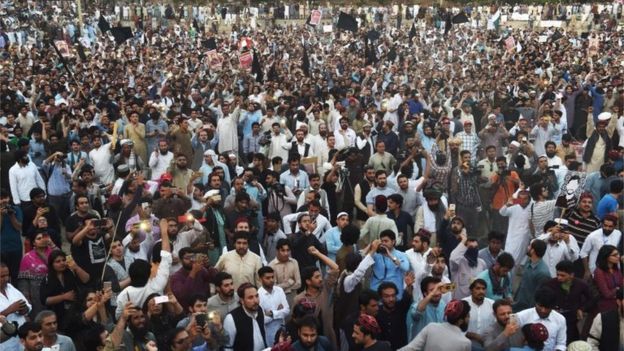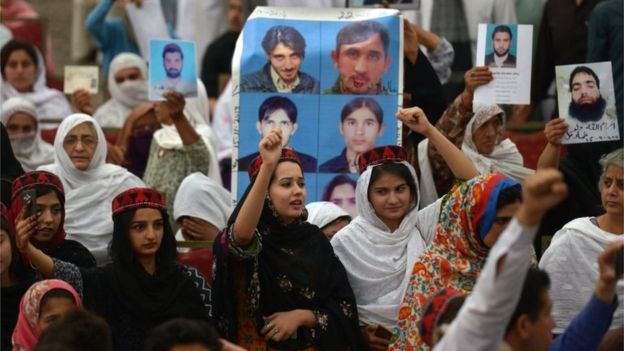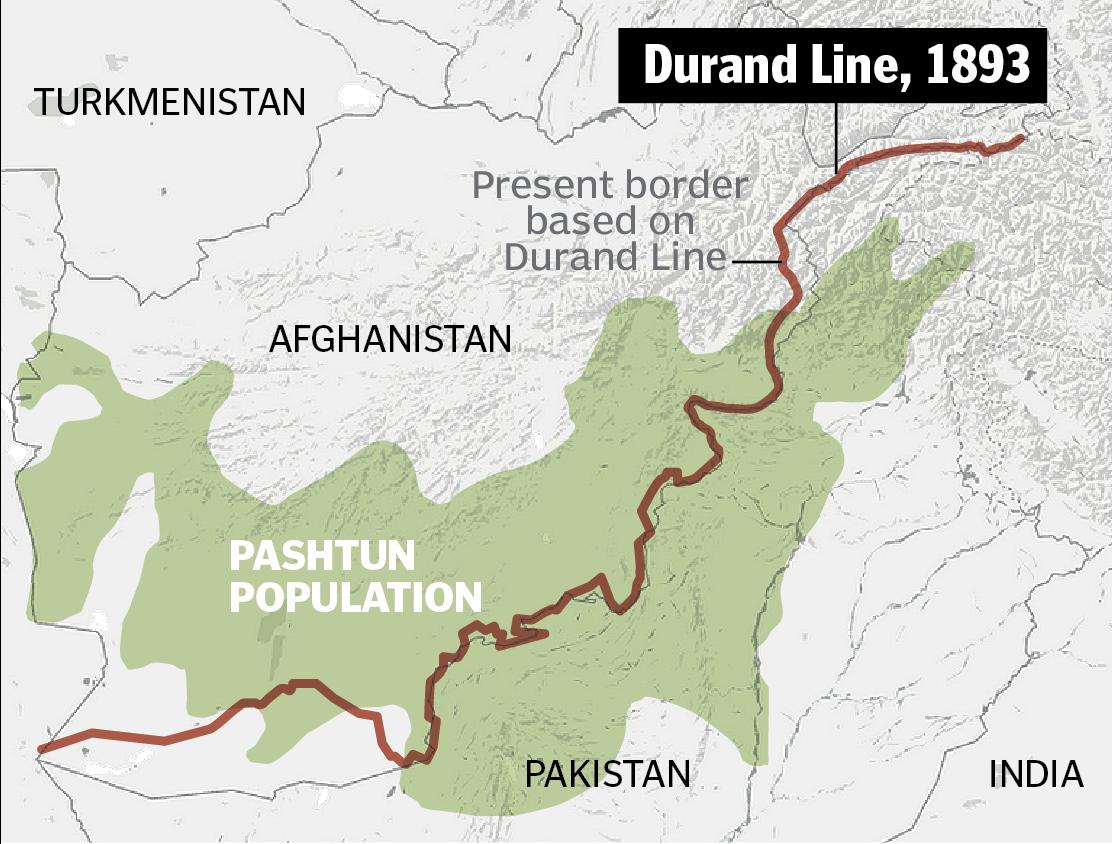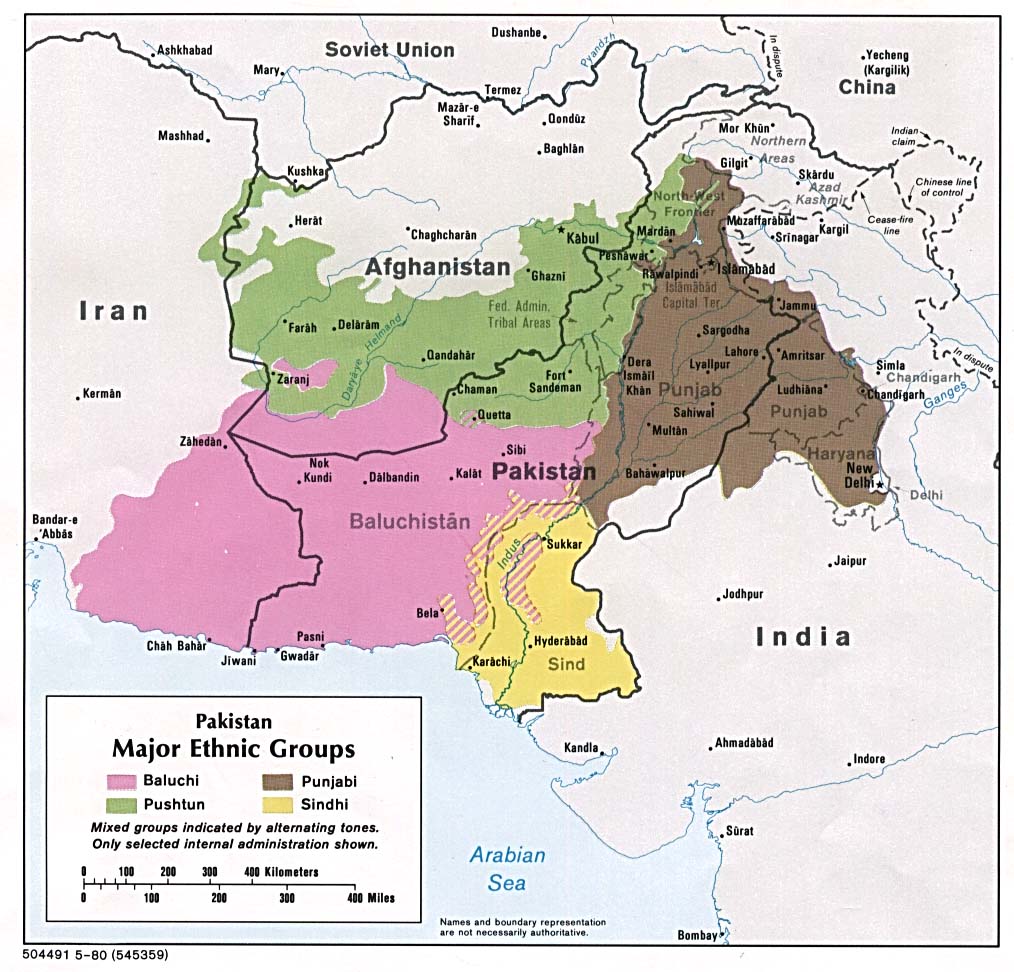This week’s summit between North Korea’s Supreme Leader Kim Jong Un and South Korea’s Moon Jae In is momentous. Because the aims announced by the two leaders are momentous – To end the State of War between them this year and complete denuclearization of the Korean Peninsula. This Summit was made possible by the one leader who wasn’t present. Read what Ian Bremmer, founder of the Eurasia Group & a critic of President Trump, tweeted on Friday:
- ian bremmerVerified account @ianbremmer – I’ve been critical of Trump foreign policy missteps in past year: TPP, Paris, too many unnecessary missteps with allies to count. But today’s historic North/South Korea breakthrough does not happen without priority & pressure from US President. Trump deserves full credit.
Notwithstanding the slips between the cup & the lip disclaimers, this process seems on its way to an eventual resolution after some 60 years. That brings us to another problem that has become America’s pain for the past 16 years and that shows no signs of resolution.
1.Taleban a Symptom than Cause?
President Bush sent US troops into Afghanistan and overthrew the Taleban-run government in 2001. That quick victory has degenerated into a stalemate between US forces and the Taleban supported from across the line of control by NaPakistan. America has tried almost everything from paying billions to NaPaki Army to sanctioning them. Nothing has worked. The NaPaki army remains America’s enemy in Afghanistan and, with their help, the Afghan Pashtun Taleban continue to increase their military presence in Afghani countryside.
The root cause is that America is on the wrong side of history in Af-Pak as it was in Vietnam. Taleban is Muslim, Sunni Muslim. But Islam is a platform for the Taleban, not its mission. It is first & foremost a freedom movement. More broadly speaking, it could be the first manifestation, (in the words of Selig Harrison as quoted by Robert Kaplan in his book Revenge of Geography), of a “ … vehicle for this transition that is too broad and too grand to be in any way deterred by a foreign military run by impatient civilians back in Washington.”
Neither America nor any one else can succeed without going back to what created the problem – the partition of Afghanistan by the British in 1893 via the infamous Durand Line.
The Pashtun people of Afghanistan were partitioned by the British in 1893 and that partition lives on to this day. The Taleban were born out of refugee camps of Afghani Pashtuns in the above green area of NaPakistan. They were financially backed by America and militarily by NaPaki army.
As American military has realized, fighting the Taleban inside Afghanistan is only like applying a band-aid than curing the disease. The Talebani sanctuaries inside the Pashtun areas of NaPakistan have to be eliminated to have any chance of success against the Taleban in Afghanistan.
That would be an important step but only a step. Because the real solution is self-government by the Pashtun of their territory currently occupied by NaPakistan. And that can only be done by the Pashtuns & for the Pashtuns.
2. Going back to 1947 & US War on Terror
It may be hard to imagine but the green area, then inside India & now inside NaPakistan, was a peaceful area that wanted to join India instead of NaPakistan in 1947. Their leader, the lionized Abdul Gaffar Khan or Bacha Khan, was a colleague of Mahatma Gandhi. He had launched a non-violence movement among his people & felt that the natural fit for the Pashtuns was India. But, in another strategically disastrous move, the Brit-trained & Brit-servile Nehru, then Prime Minister of India, refused to let the Pashtuns join India.
That refusal left Pashtuns left to the “wolves”, lamented Bacha Khan at that time. How right was he? The Pashtuns inside NaPakistan have been systematically put down by the dominant Punjabi Muslims of NaPakistan. The unemployed young Pashtuns were brainwashed into becoming jihadis against Russian occupation of Afghanistan and then turned into a terrorist weapon against India.
Then the same Punjabi military leadership turned on the Pashtuns as America forced the NaPaki army to fight terrorism. The NaPaki military left alone the violent & capable terrorist organizations like Lashkar e Toiba and the Haqqani network while inflicting their own terror on the Pashtun population of NaPakistan.
Now a movement has sprung up among the Pashtuns to fight for justice & their rights. It is a movement that is against both the NaPaki military and the Taleban.
3. “What Kind of Freedom is this?”- Manzoor Pashteen – PTM
Launched by their young leader & spokesman, Manzoor Pashteen, the Pashtun Tahaffuz (protection) Movement (PTM) asks a basic question – What kind of freedom is this? This anthem is a rallying cry & a voice to the daily frustrations & indignities suffered by Pashtuns inside Napakistan. As a BBC article explains:
- “A common thread is a feeling that Pashtuns have been caught between the militants and the military for years. One man from the Swat Valley tells me how on a single road there would be checkpoints by both the Taliban and the army. If you were clean-shaven the Taliban would accuse you of being pro-government, if you had a beard soldiers accused you of being an extremist.”
Manzoor Pashteen, their youngish leader, puts the blame for the terrorism label on those who use the Pashtun youth for terror.
- “The Pakistani state promoted militancy. It used Islam as a motivating factor,”
- “These are not my words. These are the words of Colonel Imam [a former ISI operative] who said he trained 95,000 youth; or the words of then army chief Pervez Musharraf, who said ‘we trained them, we brought mujahideen from all over the world, and they were our heroes’.
- “When it suits them to bomb us, they’ll bomb us; when it suits them to send us rations, they’ll send us rations; when it suits them to set our people to kill others, they will train them and facilitate them,”
“Terrorists in Uniform” is what PTM calls the NaPaki army, the army that has killed more Pashtuns than Genghis Khan, they say.
 Thousands attended last week’s rally in Lahore despite the almost total blackout by Napaki media. The PTM is an expressly peaceful movement that goes back to the traditions of Abdul Gaffar Khan and Mahatma Gandhi. It is in many ways similar to the freedom movement all across the Indian Subcontinent against the atrocities of the British.
Thousands attended last week’s rally in Lahore despite the almost total blackout by Napaki media. The PTM is an expressly peaceful movement that goes back to the traditions of Abdul Gaffar Khan and Mahatma Gandhi. It is in many ways similar to the freedom movement all across the Indian Subcontinent against the atrocities of the British.
And unlike the Taleban or other men-only Pashtun movements, the PTM relies on participation of women too.
 4. An Opportunity for Trump Administration
4. An Opportunity for Trump Administration
We have felt for a long time that the key to “solving” Afghanistan is in South Afghanistan, meaning the Pashtun areas occupied by Napakistan. If this Pashtun region can be governed peacefully by Pashtuns, then it can serve as a model for Afghanistan.
An artificial line of control drawn by the British in 1893 and now manned as a military border by Napaki Panjabis has not worked. The Taleban have gone to & fro across the Durand line with such ease that the line has become superfluous to the Pashtuns. So if the Pashtuns can manage a self-government of Pashtuns inside NaPakistan, wouldn’t that spread across to Pashtuns in Afghanistan?
No & yes. No because it would defeat the vast & deep network of war that has been built by & between the Napaki army, the Taleban, all paid for by & with American money. A peaceful self-governance movement of Pashtuns would be anathema to this network of war & terror. But yes if the Trump Administration realizes what an ally such a peaceful Pashtun movement could be.
Don’t forget that the Trump Administration has a peaceful nuclear option against the Napak army of its own. The 1893 Durand Line and the accompanying agreement between British & Afghanistan was declared ex-parte and invalid by Afghanistan in 1949. So the entire Pashtun area occupied by Napakistan is a disputed territory in the full legal meaning of that term.
President Trump could threaten to officially term these Pashtun areas occupied by Napak as “disputed territory”. They could open an effort to get the UN to define the area as disputed territory even though China would veto that in the Security Council. That would rattle the Napaki army as nothing else.
And President Trump now has the world’s respect for his determination and his ability to use the full power, diplomatic, financial & military, of America behind his determination. So, if he wanted to, President Trump would overrule the deep state that has dominated US-Napak relationship since Russia’s entry into Afghanistan in 1989.
The real issue is where does this fit between Korea, Iran & the November 2018 elections. We don’t know that. But we do know that unless & until the Trump Administration works to create self-government for Pashtuns inside NaPakistan, they will get nowhere in Afghanistan.
Note: For a detailed discussion of the “disputed territory” approach, see our April 25, 2009 article titled Will The Obama Administration Occupy Pashtunistan Or All Of Pakistan?
Send your feedback to editor@macroviewpoints.com Or @MacroViewpoints on Twitter


